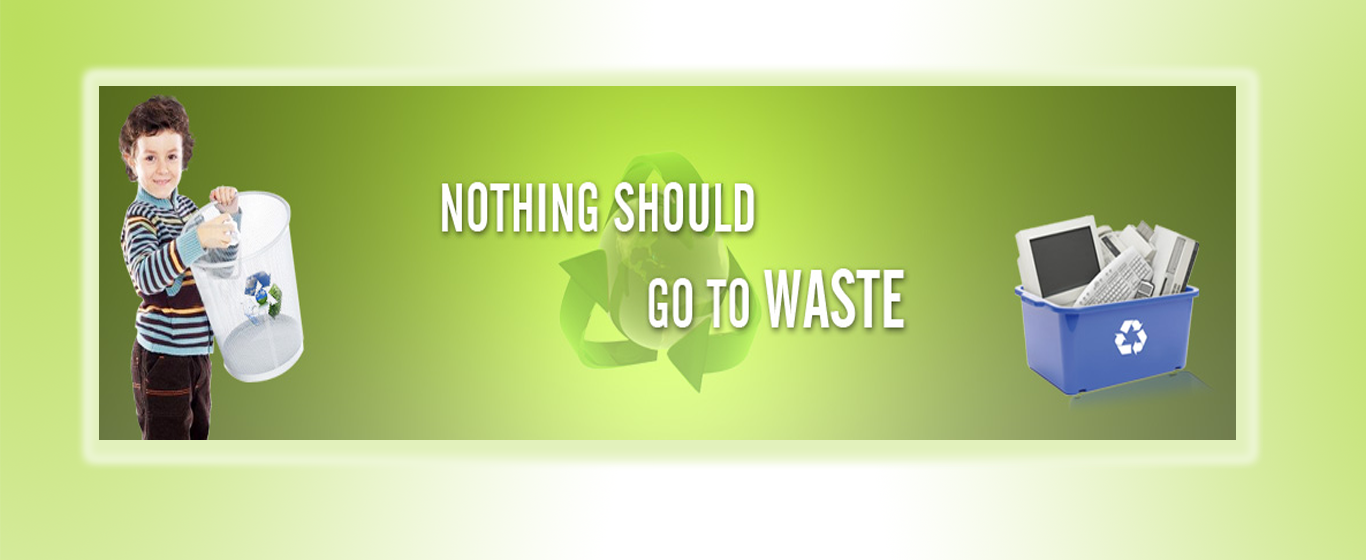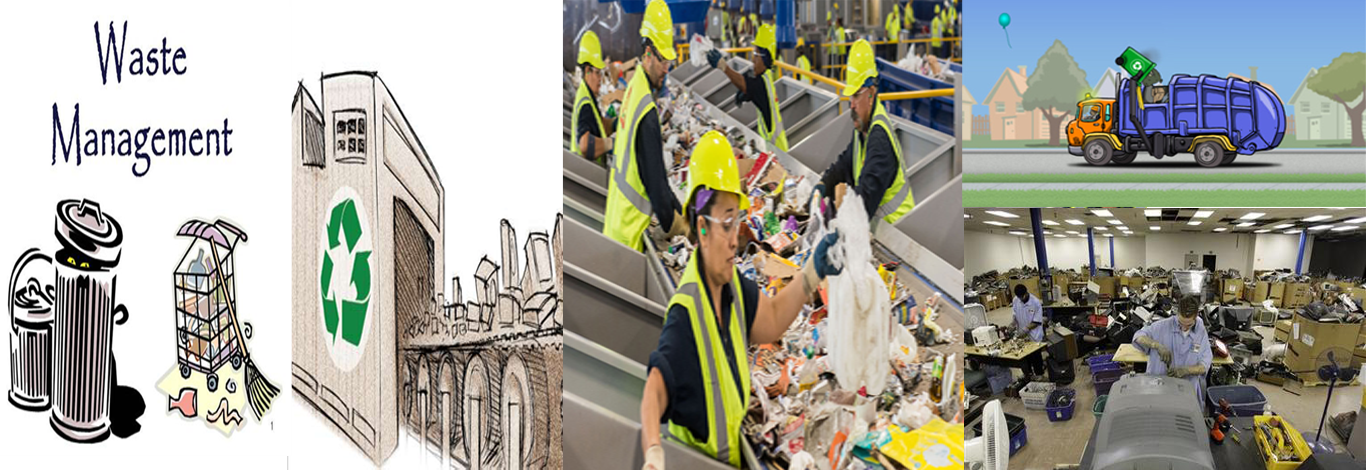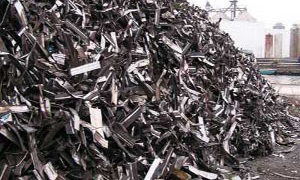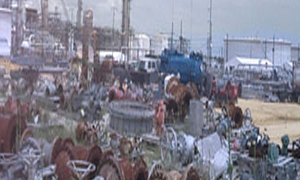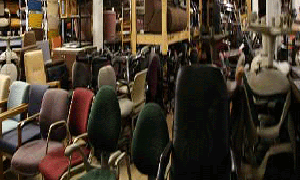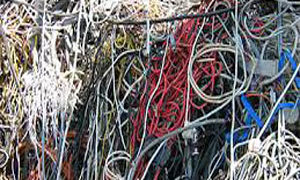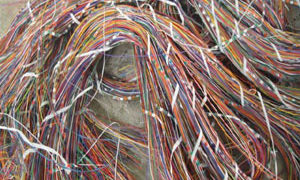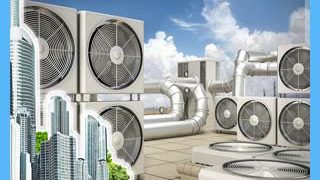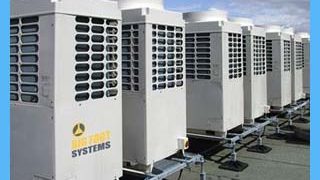Electric scrap recycling: Every electronic device and equipment has certain percentage of precious metals in their making. Therefore, e-waste contains significant amount of precious metals. According to a report of the UN, these metals are highly active and richer than their metallic ores. By recycling electronic wastes, these precious metals can be extracted and reused in many ways. Some metals are also toxic in nature such as mercury, lead and cadmium. It is necessary to dispose these metals through proper channels so as to combat the negative impacts of it on the surrounding environment.
Electric engines and motors found in equipment such as microwave ovens, grinders, water pumps, business gear, hand held devices, and washing machines can be recycled and reused in other devices. If you also want to get away with your electronic waste then get in touch with Scrap Recycler Mumbai. We offer the most competitive price for scrap and e-waste.
Whether it is an unusable electric motor or junk copper and Aluminium wires, sell everything on scraprecyclermumbai.com.
We buy all electronic motors such as:
Small motors from scrap electronic devices
Electric motors of water pumps
Transformer motors
Drilling Rigs motors
Power plant motors
Generator motors
The e-waste recycling process is highly labor intensive and goes through several steps. Below is the step-by-step process of how e-waste is recycled,
Picking Shed
When the e-waste items arrive at the recycling plants, the first step involves sorting all the items manually. Batteries are removed for quality check.
Disassembly
After sorting by hand, the second step involves a serious labor intensive process of manual dismantling. The e-waste items are taken apart to retrieve all the parts and then categorized into core materials and components. The dismantled items are then separated into various categories into parts that can be re-used or still continue the recycling processes.
First size reduction process
Here, items that cannot be dismantled efficiently are shredded together with the other dismantled parts to pieces less than 2 inches in diameter. It is done in preparation for further categorization of the finer e-waste pieces.
Second size reduction process
The finer e-waste particles are then evenly spread out through an automated shaking process on a conveyor belt. The well spread out e-waste pieces are then broken down further. At this stage, any dust is extracted and discarded in a way that does not degrade the environmentally.
Over-band Magnet
At this step, over-band magnet is used to remove all the magnetic materials including steel and iron from the e-waste debris.
Non-metallic and metallic components separation.
The sixth step is the separation of metals and non-metallic components. Copper, aluminum, and brass are separated from the debris to only leave behind non-metallic materials. The metals are either sold as raw materials or re-used for fresh manufacture.
Water Separation.
As the last step, plastic content is separated from glass by use of water. One separated, all the materials retrieved can then be resold as raw materials for re-use. The products sold include plastic, glass, copper, iron, steel, shredded circuit boards, and valuable metal mix.
E-cycle components re-use
1. Plastic. All the plastic materials retrieved are sent to recyclers who use them to manufacture items such as fence posts, plastic sleepers, plastic trays, vineyard stakes, and equipment holders or insulators among other plastic products.
2. Metal. Scrap metals materials retrieved are sent to recyclers to manufacture new steel and other metallic materials.
3. Glass. Glass is retrieved from the Cathode Ray Tubes (CRTs) mostly found in televisions and computer monitors. Extracting glass for recycling from CRTs is a more complicated task since CRTs are composed of several hazardous materials. Lead is the most dangerous and can adversely harm human health and the environment. Tubes in big CRT monitors can contain high levels of lead of up to 4 kilograms. Other toxic metals such as barium and phosphor are also contained in CRT tubes. To achieve the best environmentally friendly glass extraction, the following steps ensure a specialized CRT recycling:
Manual separation of the CRT from the television or monitor body
Size reduction process where the CRT is shredded into smaller pieces. Dust is eliminated and disposed in an environmentally friendly way.
All metals are removal through over-band magnets, where ferrous and non-ferrous components are eliminated from the glass materials.
A washing line is then used to clear oxides and phosphors from the glass
Glass sorting is the final step whereby leaded glass is separated from non-leaded glass. The extracts can then be used for making new screens.
4. Mercury. Mercury containing devices are sent to mercury recycling facilities that uses a specialized technology for elimination for use in dental amalgams and metric instruments, and for fluorescent lighting. Other components such as glass and plastics are re-used for manufacture of their respective products.
5. Printed Circuit Boards. Circuit boards are sent to specialized and accredited companies where they are smelted to recover non-renewable resources such as silver, tin, gold, palladium, copper and other valuable metals.
6. Hard Drives. Hard drives are shredded in whole and processed into aluminum ingots for use in automotive industry.
7. Ink and Toner Cartridges. Ink and toner cartridges are taken back to respective manufacturing industries for recycling. They are remanufactured while those that can’t are separated into metal and plastic for re-use as raw materials.
8. Batteries. Batteries are taken to specialized recyclers where they are hulled to take out plastic. The metals are smelted is specialized conditions to recover nickel, steel, cadmium and cobalt that are re-used for new battery production and fabrication of stainless steel.

